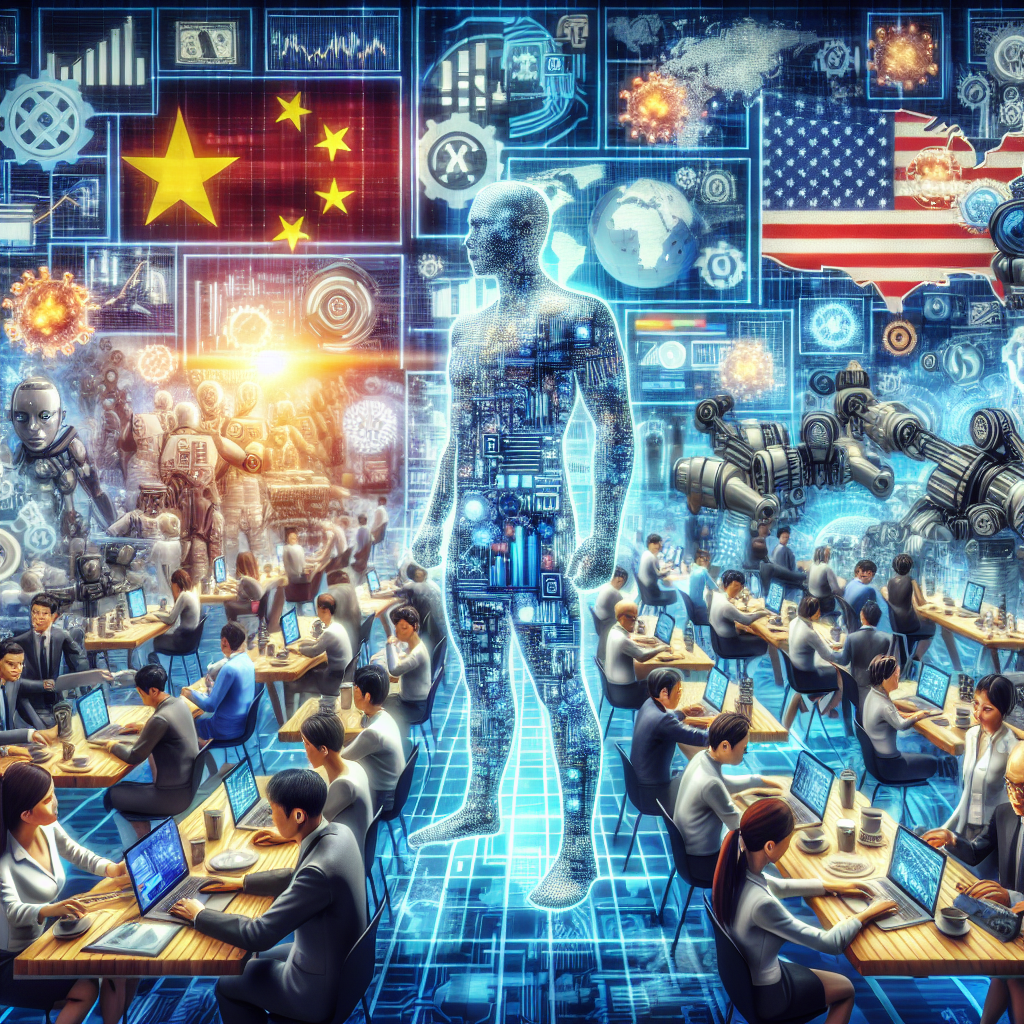China’s AI Boom Eases Tariff Strain
In 2018, as the U.S. and China engaged in a tit-for-tat trade war, analysts speculated that tariffs could slow China’s technological ambitions. Fast forward to today, and the reality is quite different. China’s artificial intelligence (AI) boom is not only alive and well—it’s mitigating the impact of tariffs and reshaping the country’s economic outlook.
AI as a Strategic Advantage Amid Trade Tensions
Rather than succumbing to economic pressure from foreign tariffs, China has turned to AI as a way to drive growth, increase efficiency, and reduce reliance on Western technology. With significant government funding and rapid advancements in machine learning, China’s AI sector is helping companies automate processes and cut costs, lessening the financial burden brought on by tariffs.
Chinese firms are integrating AI to advance key industries such as manufacturing, finance, and healthcare. Some of the ways AI is easing the strain include:
- Automation in Manufacturing: By leveraging AI-powered robotics, Chinese factories have reduced labor costs and improved production efficiency, making up for additional tariff expenses.
- Supply Chain Resilience: AI-driven analytics enable businesses to optimize logistics, find alternative suppliers, and eliminate reliance on U.S. imports.
- Domestic Market Expansion: AI helps companies analyze consumer behavior, refine products, and capture a larger domestic audience, reducing reliance on overseas markets.
Government Support Fuels AI Growth
China’s AI success is no accident—the government has invested heavily in the sector. With initiatives like the “New Generation Artificial Intelligence Development Plan,” China has established itself as a global leader in AI research, attracting talent and fostering innovation.
Local governments are also stepping in, offering subsidies to AI startups and easing regulatory hurdles. This strong support ensures that Chinese companies remain competitive even as trade restrictions persist.
Implications for Global Markets
China’s AI-driven economic shift has global implications. As Chinese companies become more self-sufficient, Western firms may find themselves competing with new AI-driven efficiencies. Additionally, countries looking to reduce dependency on Chinese manufacturing may have to contend with its growing AI-powered cost advantages.
With Beijing’s continued investment in AI, the gap between Chinese and Western technological capabilities is closing. For businesses worldwide, this means adapting to a new reality where AI plays a critical role in economic resilience.
Final Thoughts
While trade tariffs were initially seen as a major obstacle for China, the nation’s AI boom has proven to be a formidable economic lifeline. By embracing artificial intelligence, China has reduced tariff-related strain, strengthened domestic industries, and positioned itself as a global AI powerhouse.
To learn more about China’s AI advancements and their impact on trade policy, visit CNBC.

